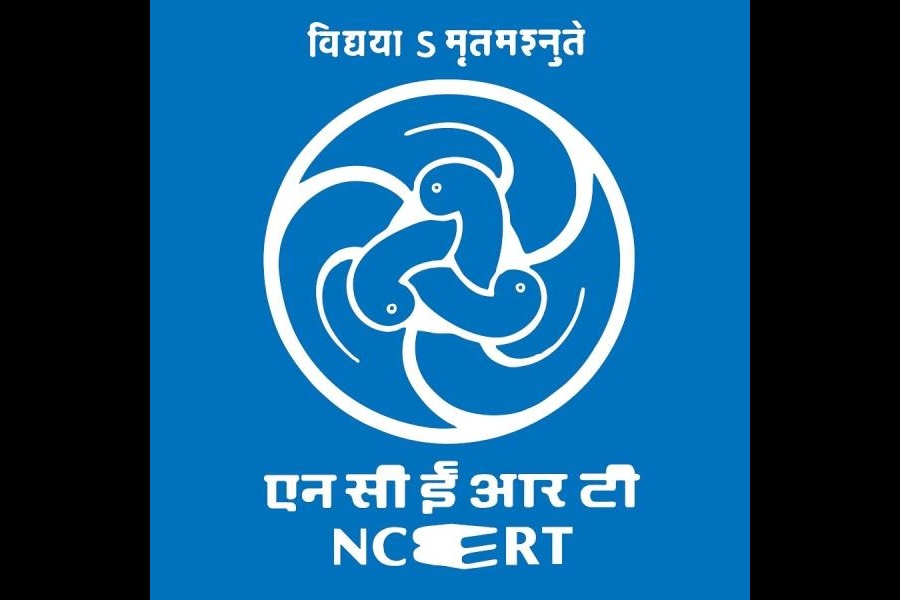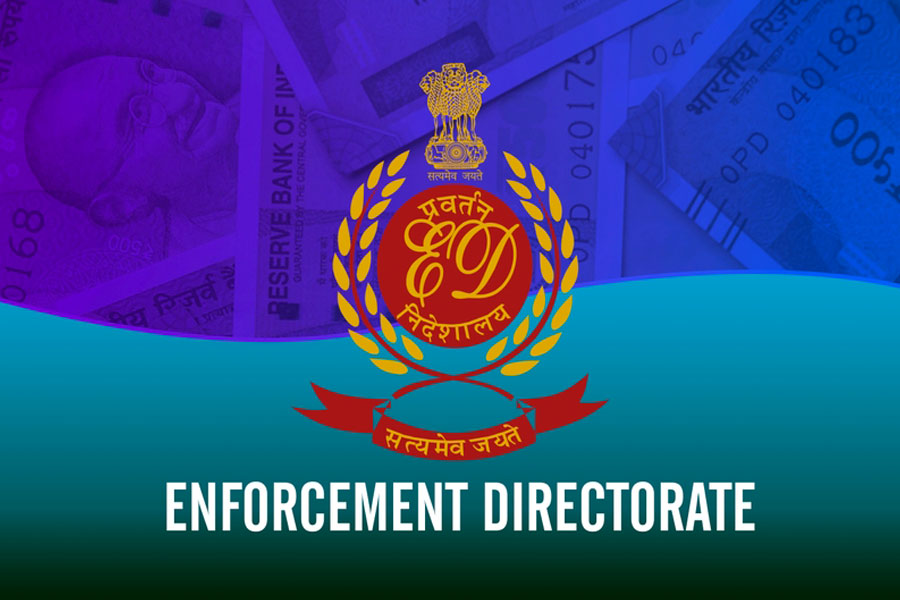 |
| The neurosurgery ward of the GMCH. Picture by Biju Boro |
Nov. 11: Medical experts from England will give tips to students of neurosurgery at Gauhati Medical College Hospital (GMCH) on a “brain attack”.
Prof. Jan Jakubowaski, head of neurosurgery of Royal Hampshire Hospital, Sheffield, and neurosurgeon R.P. Sengupta from Newcastle-upon-Tyne Hospital, will be the main resource persons for the academic session.
The session, part of a continuing medical education (CME) programme, will be conducted on November 22 at the academic hall at the GMCH.
“A brain attack (stroke), which is similar to a heart attack, is caused by impaired blood supply to the brain. It is the third leading cause of death in the world. On an average, we receive around 15-16 such cases a month,” said Bhabesh Kakati, professor and head of the department of neurosurgery, GMCH.
There are four main types of strokes: cerebral thrombosis and cerebral embolism caused by blood clots, cerebral haemorrhage and subarachnoid haemorrhage caused by internal bleeding.
“We do not have the infrastructure to treat aneurysms which are excessive localised enlargement of an artery. IT can occur in any part of the body, including the brain. Though we can manage with conservative treatment, sometimes it needs surgical intervention,” Kakati said.
“We have asked for a more sophisticated operative microscope, a specialised instrument used to treat such cases and improved ways to apply neuro-anaesthesia,” he added.
Strokes, usually occurring in elderly people, are manifested in various ways — as a sudden episode of weakness of half of the body, confusion, slurring of speech, visual disturbance, headache, vertigo and altered consciousness, usually occurring in combination.
People afflicted by a brain attack usually belong to the elderly age group, commonly males and those having a family history with genetic predisposition. These risk factors are non-modifiable.
“Of late, the disease is increasing in the younger age group (around 40 years) probably because of increasing stress and competition leading to changes in the pattern of blood supply to the brain and the heart,” said Kakati.
Other risk factors, which can be modified by a change in lifestyle and drugs, are hypertension, diabetes mellitus, cigarette-smoking, high cholesterol and triglycerides, cardiac disease, excessive alcohol intake, oral contraceptives and obesity.
“Prevention is better than cure strongly holds true in brain attacks also. At-risk individuals should take regular medication for hypertension, diabetes and dyslipidemia. Cutting down alcohol consumption, quitting smoking and regular brisk walking for 35 minutes a day, five days a week, will cut down the risk of brain attacks by more than 50 per cent,” Kakati said.










